Most Canadians know Ottawa as their national capital: a place politicians gather to debate the country’s governance and finances. But Ottawa is much more than this. Politicians may come and go, but the living, breathing city remains, filled with people who are proud to call it home and a long, vibrant artistic scene. This book will explore and celebrate the cultural and artistic legacy of Ottawa, both the city and the region.
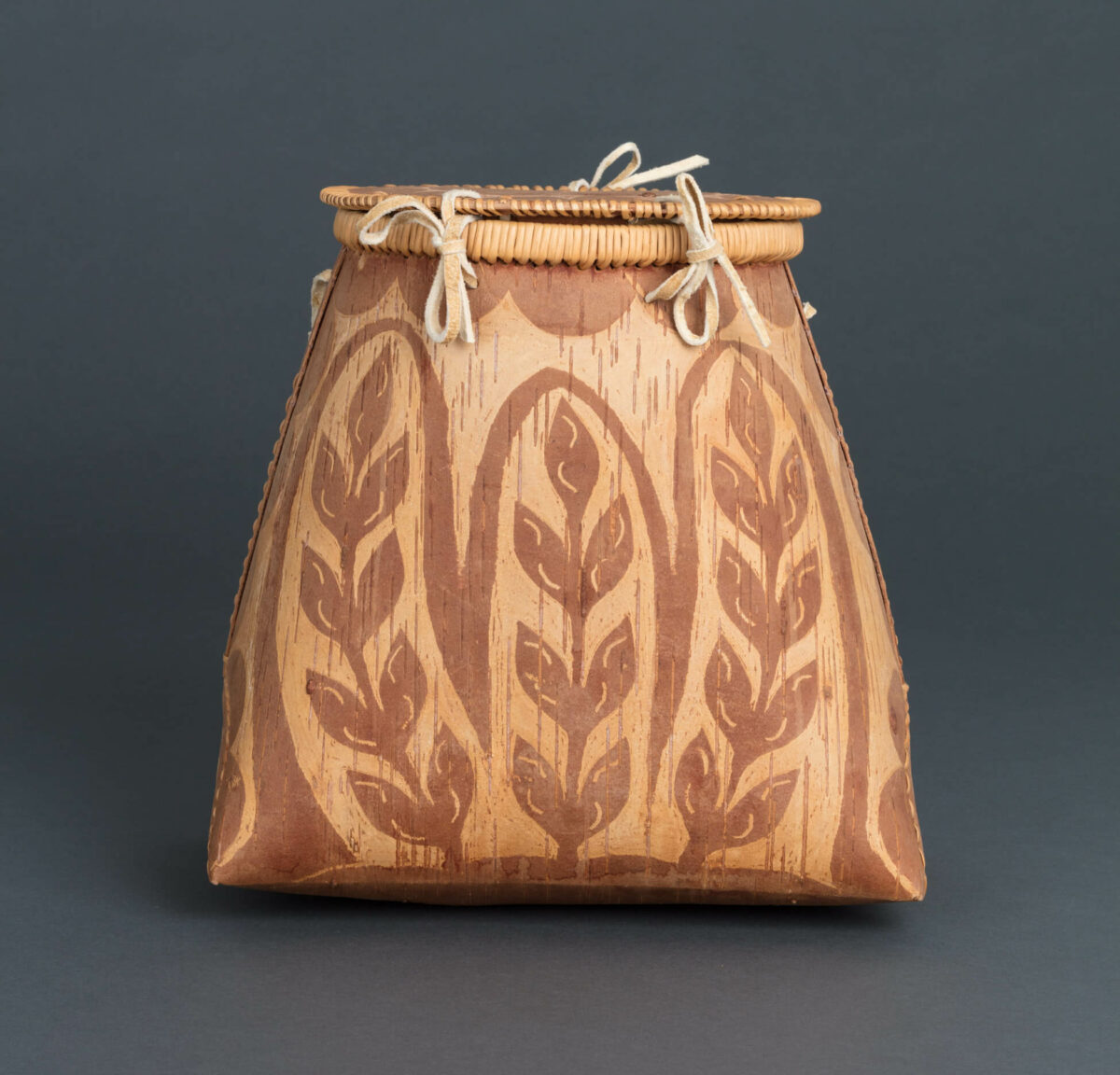
Ottawa exists because of fault lines, glacial recession, the conjunction of multiple rivers, and the capricious choice of Queen Victoria, a far-off monarch. It was an ideal site for various Anishinābe groups to meet—indeed, the word “Odawa” refers to trade and trading and is an apt name for a city where the commerce of goods and ideas became so important. The Kichi Sibi, or Ottawa River, provided an excellent route into the heart of the continent, and generations of traders, missionaries, military personnel, and settlers would traverse its waters. By the beginning of the nineteenth century, a community—based on the power of its rushing waters and the abundance of the surrounding forests—was being built, and in 1857 it became the capital of what would eventually evolve into the nation of Canada.
My own roots in Ottawa are deep; I was born in Ottawa, son of an Anishinābe mother from the Pikwàkanagàn First Nation and a Polish Canadian father whose family had originally settled in the Ottawa Valley at Wilno in the nineteenth century. As a child, I got to know the valley while visiting relatives throughout the region. I spent my childhood exploring—and several summers working in—Algonquin Park. I grew up in Ottawa and went to school there, eventually graduating with a master’s degree in Canadian art from Carleton University. When I studied art history in the early 1970s, not a single Ottawa artist was mentioned in my Canadian art classes. I often passed the large-scale mural by Gerald Trottier (1925–2004) in the H.M. Tory Building on the campus, but there were few others whom I knew, except for Robert Hyndman and Juan Geuer, whose studios I had visited during high school art classes. But I have since learned more about many outstanding Ottawa artists, and I was fortunate to spend my entire career working with the art and photography collections of the National Archives of Canada (now Library and Archives Canada), which was an amazing way to learn about the history of the nation in images. With colleagues at the National Gallery of Canada, the Canadian Museum of History, and other cultural institutions throughout the country, I continued my lifelong journey toward understanding more about Canada’s artistic heritage.
In the early 1990s, curator Pierre Arpin from the new Ottawa Art Gallery asked me to work on a series of historical exhibitions about the history of art in the Ottawa region—something that had never been undertaken before—and I began to see that there was a rich legacy of artistic creativity. Many artists, including Indigenous, anglophone, francophone, or from newer immigrant communities, took advantage of the opportunities that the city offered. Then in 2014 I was called upon again to collaborate with a brilliant team of curators from the Ottawa Art Gallery on the exhibition Àdisòkàmagan / Nous connaître un peu nous-mêmes / We’ll All Become Stories, which opened in April 2018. This experience taught me much more about Ottawa’s rich heritage.
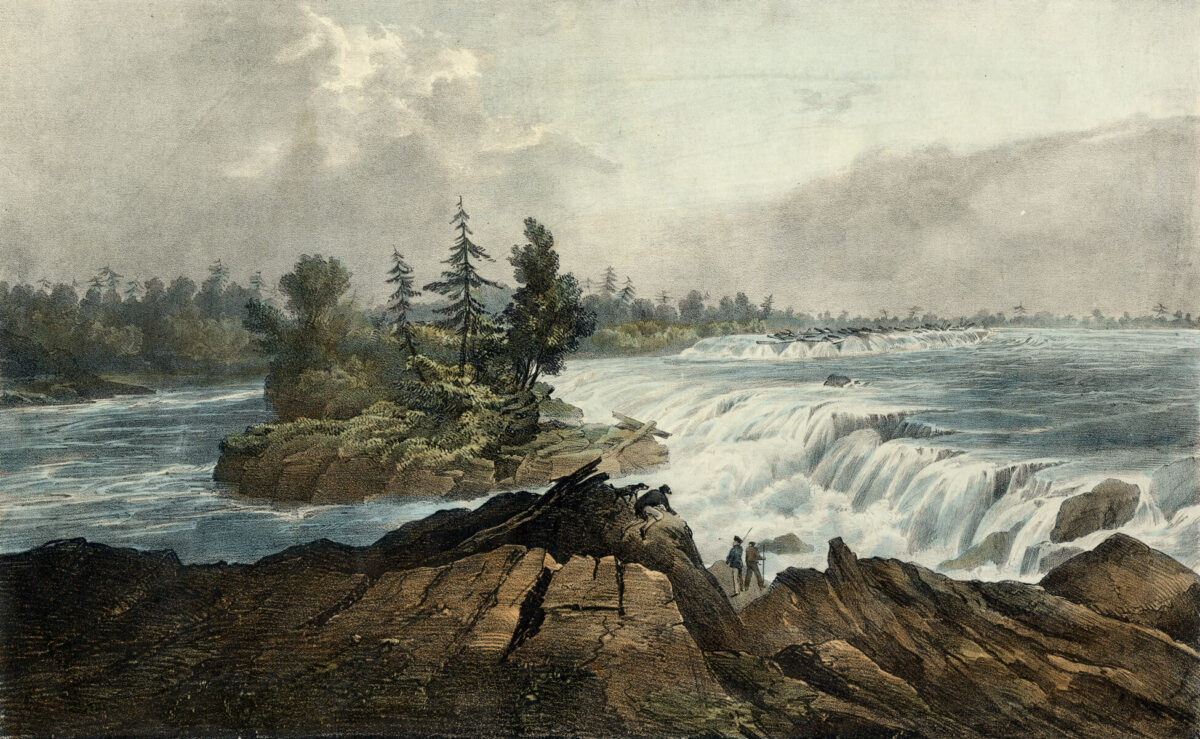
It has not been an easy city for artistic life to flourish in. Ottawa has struggled with the dichotomy between its position as the national capital, with officialdom and political life that has both stifled and occasionally supported local efforts. The city’s population has always included significant numbers of transitory people and those who make it their permanent home. Ottawa’s municipal and social leaders have too often allowed national institutions to take on roles that should have been played by local groups, which, as a result, have either been under-supported or non-existent.
The different viewpoints and policies of senior public servants and local business leaders were one source of ongoing problems. Another was diverging francophone and anglophone cultural aspirations that fractured efforts to develop an artistic community. Added to this were differences in class, education, occupation, and race in the region.
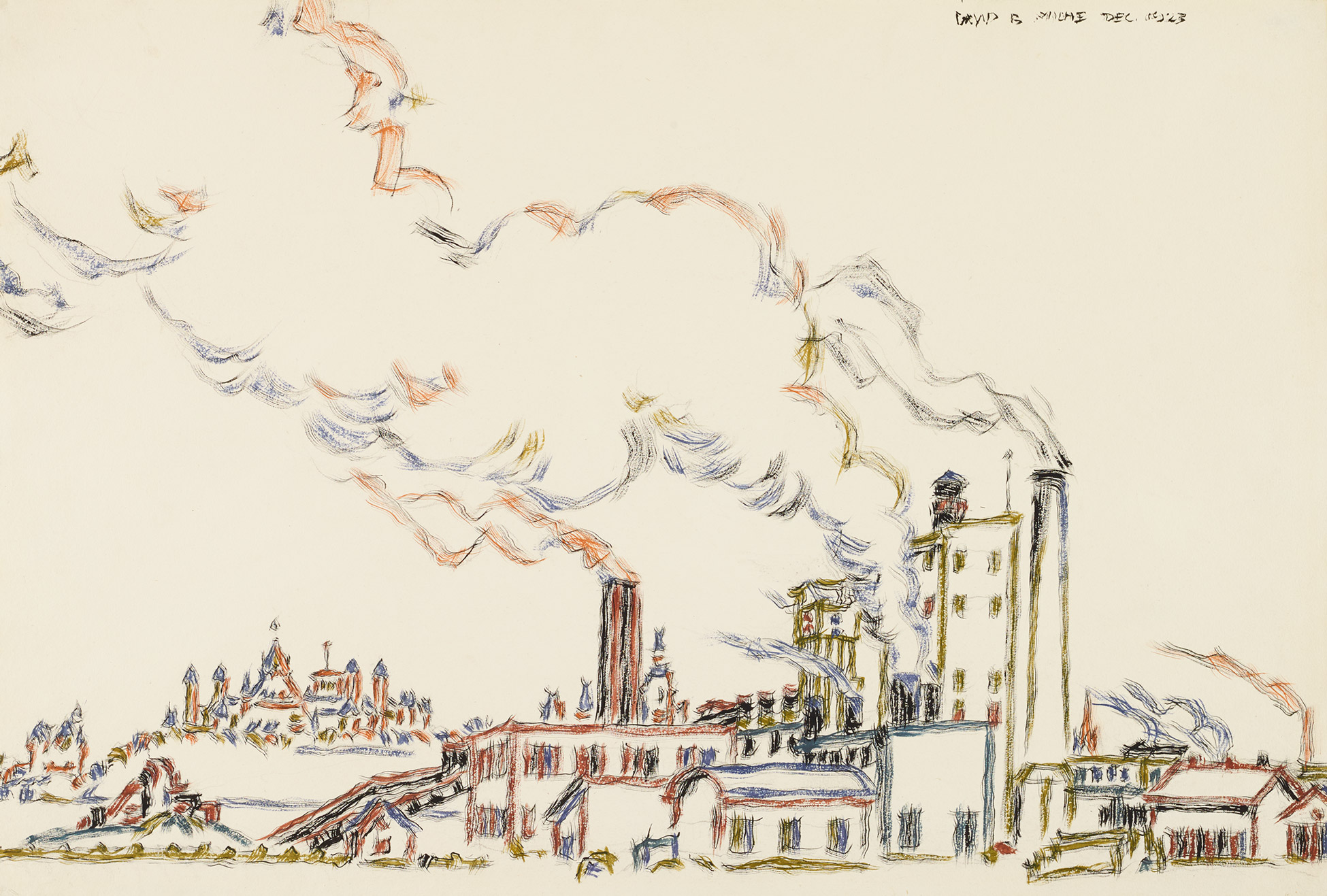
Moreover, Ottawa has never been an industrial city or a metropolitan centre supplying a vast hinterland, like Toronto or Montreal. Its major industry for much of its history was focused on the timber trade. The Ottawa Valley, which sits firmly within the Canadian Shield, offered no great agricultural prospects to prospective settlers. Economic depressions in the 1870s, 1890s, and 1930s, and the opening of the Canadian West in the first decades of the twentieth century, all had a negative impact on the city’s development—and its creative communities.
For any artist trying to make a living in Ottawa, patronage was a necessity, and there were limited markets for creative output for many decades. It was only in the 1950s that the arts began to be seen as an integral part of society. With the growth of the high-tech industry and the expansion of the public service in the 1960s and 1970s, new opportunities began to arise, with greater support for works by local artists.
The past few decades have seen the demand for art and culture and the increase in government funding at multiple levels bring extraordinary change to the world of art and culture in the region. In the last twenty-five years, Ottawa artists have achieved both national and international fame, and the growth of a more inclusive and wide-ranging artistic practice has been a hallmark of the city’s cultural development.
Ottawa’s cultural and artistic history has always been important to me. I hope this work will reflect my love for my city and its past, encouraging others to learn more about Ottawa and its multitude of talented creators.
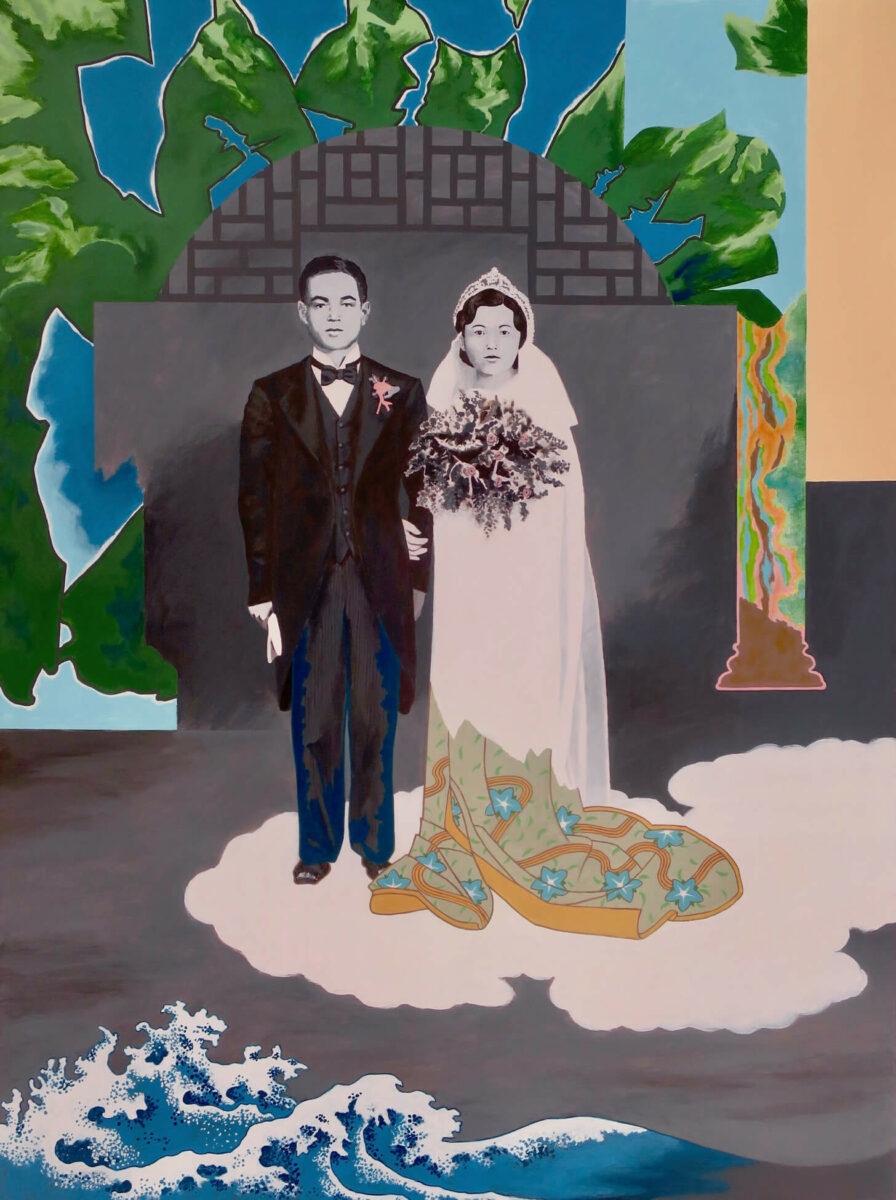
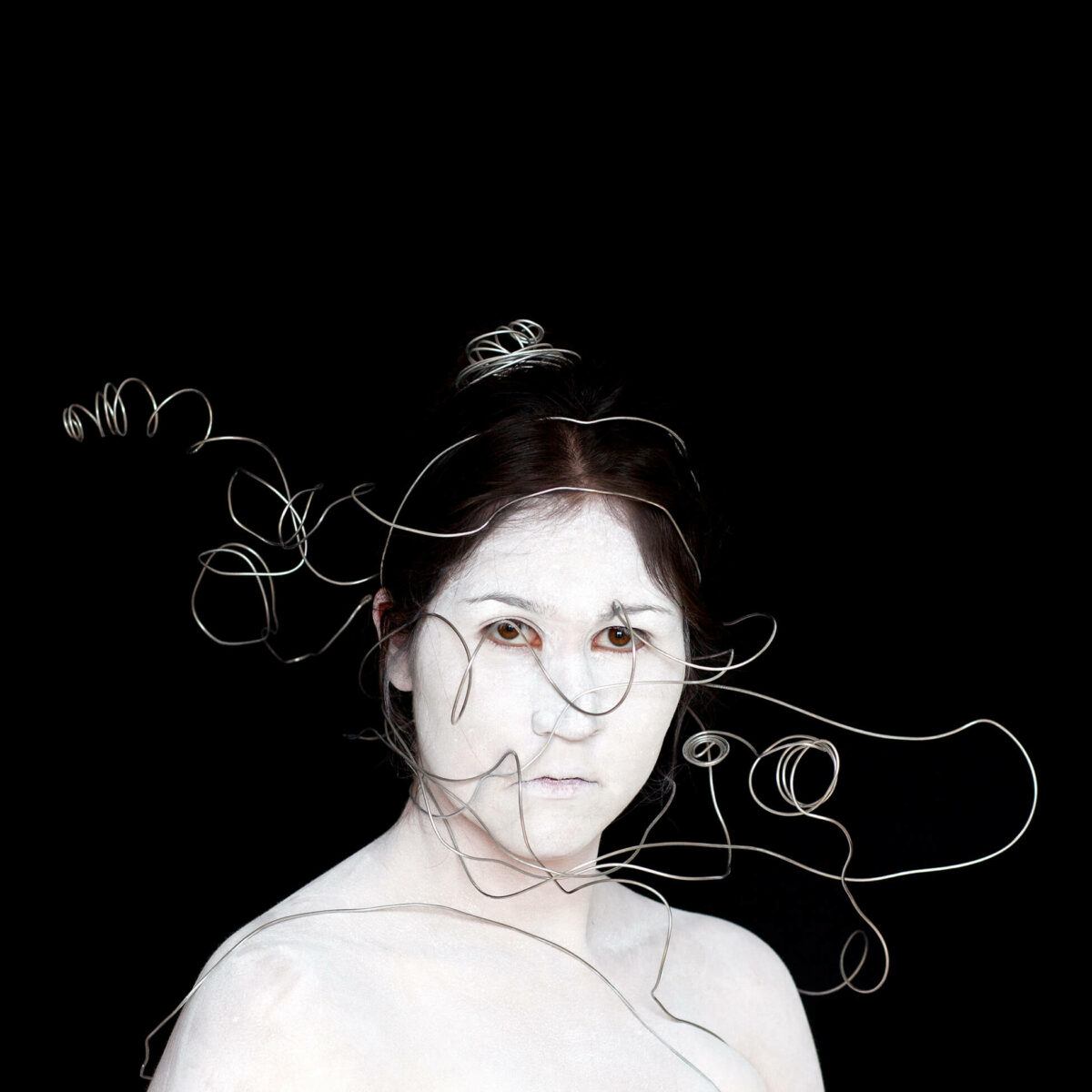

 About the Author
About the Author
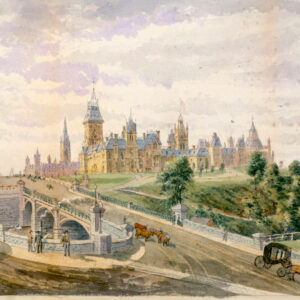 More Online Art Books
More Online Art Books
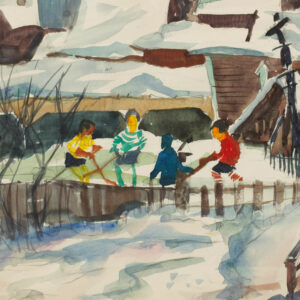 Acknowledgements
Acknowledgements